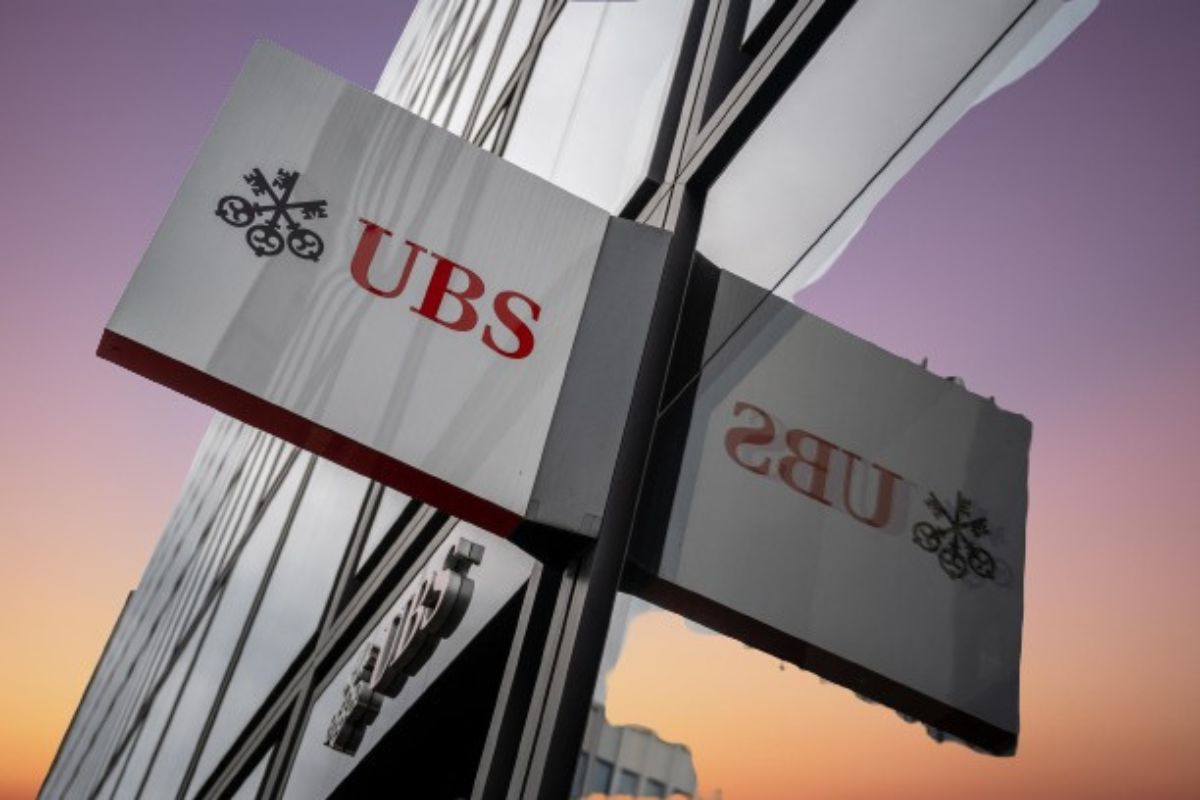UBS Size Debate Intensifies: UBS, one of the world’s largest financial institutions, finds itself at the center of an increasingly heated debate surrounding its size and the potential regulatory risks it poses. As key investors raise concerns over the bank’s integration with Credit Suisse, questions arise about the balance between size, regulation, and investor interests.
Ethos, a prominent Swiss asset manager, has sounded the alarm, highlighting potential regulatory conflicts that could undermine the stability of the financial powerhouse. In the aftermath of the 2008 financial crisis, there is a growing recognition of the need to reconsider the regulatory framework governing banks of such magnitude.
As UBS defends its position, navigating the delicate landscape of investor sentiments becomes paramount. The stakes are high, with both concerns and opportunities in the spotlight.
What lies ahead for UBS and its investors as they confront these regulatory risks?
Key Takeaways
- The merger of UBS and Credit Suisse has created a powerful financial entity with a significant balance sheet and global reach.
- Ethos and a top 10 shareholder have raised concerns about potential regulatory conflicts and the impact on future banking regulations.
- The current regulatory framework may no longer be sufficient for large banks like UBS, and there is a need to reassess and adapt regulations to address evolving risks and challenges.
- UBS emphasizes its focus on balancing size, regulation compliance, and investor interests, while also planning to reduce its balance sheet further in the next three years.
UBS and Credit Suisse Integration: A $1.6 Trillion Financial Powerhouse
The integration of UBS and Credit Suisse has birthed a $1.6 trillion financial powerhouse, forever reshaping the landscape of the Swiss banking industry. This move signifies a seismic shift in the power dynamics within the Swiss financial sector.
Also Read: UBS Reshapes Leadership Amid Credit Suisse Integration for Financial Industry Dominance
With a formidable balance sheet exceeding $1.6 trillion, this new entity emerges as a dominant force, leaving its competitors scrambling to keep up. The merger has not only created a behemoth in terms of size but has also consolidated the expertise and resources of two industry giants.
The combined strength of UBS and Credit Suisse positions the new entity as a global player, capable of weathering any financial storm and capitalizing on emerging opportunities. This integration marks a pivotal moment in the history of Swiss banking, propelling it into a new era of influence and power.
Ethos Raises Alarms Over Regulatory Conflicts
Investor concerns are mounting as shareholder service firm Ethos and an anonymous top 10 shareholder raise alarms over potential conflicts with Swiss regulators due to the expanded size of UBS. These apprehensions highlight the regulatory risks associated with the bank’s increased influence and dominance in the financial sector.
Ethos, representing clients with substantial ownership in UBS, is particularly worried about the impact on future banking regulations and the potential risk it poses to Switzerland’s risk management capabilities. The expanded size of UBS could lead to conflicts of interest between the bank and regulators, compromising the integrity of the regulatory process.
To better understand the gravity of the situation, let’s take a closer look at the potential conflicts and risks with the help of a table:
| Potential Conflicts | Regulatory Risks |
|---|---|
| Increased influence of UBS | Compromised regulatory process |
| Conflicts of interest between UBS and regulators | Weakened risk management capabilities |
These concerns raised by Ethos and the anonymous shareholder demand immediate attention. It is crucial for regulators to address these potential conflicts and ensure the stability and integrity of the Swiss financial system. Failure to do so could have severe consequences and put the entire banking sector at risk.
Reconsidering Regulatory Framework Post-2008 Crisis
Given the mounting concerns over potential conflicts with Swiss regulators and the regulatory risks associated with the expanded size of UBS, it is imperative to reassess the regulatory framework established post the 2008 financial crisis. The current regulatory system, designed to prevent another global financial meltdown, may no longer be sufficient in addressing the unique challenges posed by large, globally systemically important banks like UBS.
To illustrate the need for a reevaluation, consider the following imagery:
- Picture a massive ocean liner navigating treacherous waters with outdated navigational tools.
- Envision a towering skyscraper built on an unstable foundation, risking collapse under its own weight.
- Imagine a complex and intricate puzzle where one missing piece can disrupt the entire picture.
These visualizations highlight the potential dangers of relying on outdated regulatory frameworks. It is time to critically evaluate and adapt these regulations to ensure the stability and resilience of the financial system in the face of evolving risks and challenges.
UBS’s Defense: Balancing Size, Regulation, and Investor Interests
UBS faces a delicate balancing act as it navigates the complexities of size, regulation, and investor interests in the ever-evolving financial landscape.
The bank’s defense revolves around the argument that the focus on its balance sheet is misleading. UBS highlights its holdings in highly liquid assets and low-risk mortgages, and it plans to further reduce its balance sheet over the next three years.
While it acknowledges the need to meet regulatory expectations, UBS also emphasizes the importance of prioritizing investor interests and its own growth strategy. This balancing act is no easy task, as UBS must ensure compliance with regulations while also delivering value to its investors and pursuing its growth objectives.
The current financial landscape demands careful consideration of these factors to maintain stability and generate sustainable returns.
Navigating the ever-changing landscape of investor sentiments requires a keen understanding of the concerns and opportunities that shape the financial industry. When it comes to UBS, key investors are expressing a range of sentiments regarding the bank’s growth strategy.
Some investors see potential in UBS’s global wealth business and its operations in Switzerland. They view these as opportunities for the bank to expand and thrive in the competitive financial market.
On the other hand, there are concerns about UBS’s size and potential conflicts with regulators. This raises worries about the bank’s ability to navigate the regulatory environment effectively and maintain a favorable standing.
As UBS continues with its integration efforts, it aims to address these concerns through a multi-year task involving job cuts, signaling a pivotal phase that will ultimately shape the bank’s future position in the Swiss financial landscape.
Conclusion Of UBS Size Debate Intensifies
The debate surrounding the size of UBS and its regulatory risks continues to intensify, with key investors raising concerns over potential conflicts.
Ethos, a prominent investor group, has sounded the alarm, urging a reconsideration of the regulatory framework in the aftermath of the 2008 financial crisis.
UBS, on the other hand, argues for a delicate balance between size, regulation, and investor interests.
As investors navigate these concerns and opportunities, it is crucial to remain vigilant and informed about the potential risks and rewards associated with UBS’s integration and regulatory landscape.




